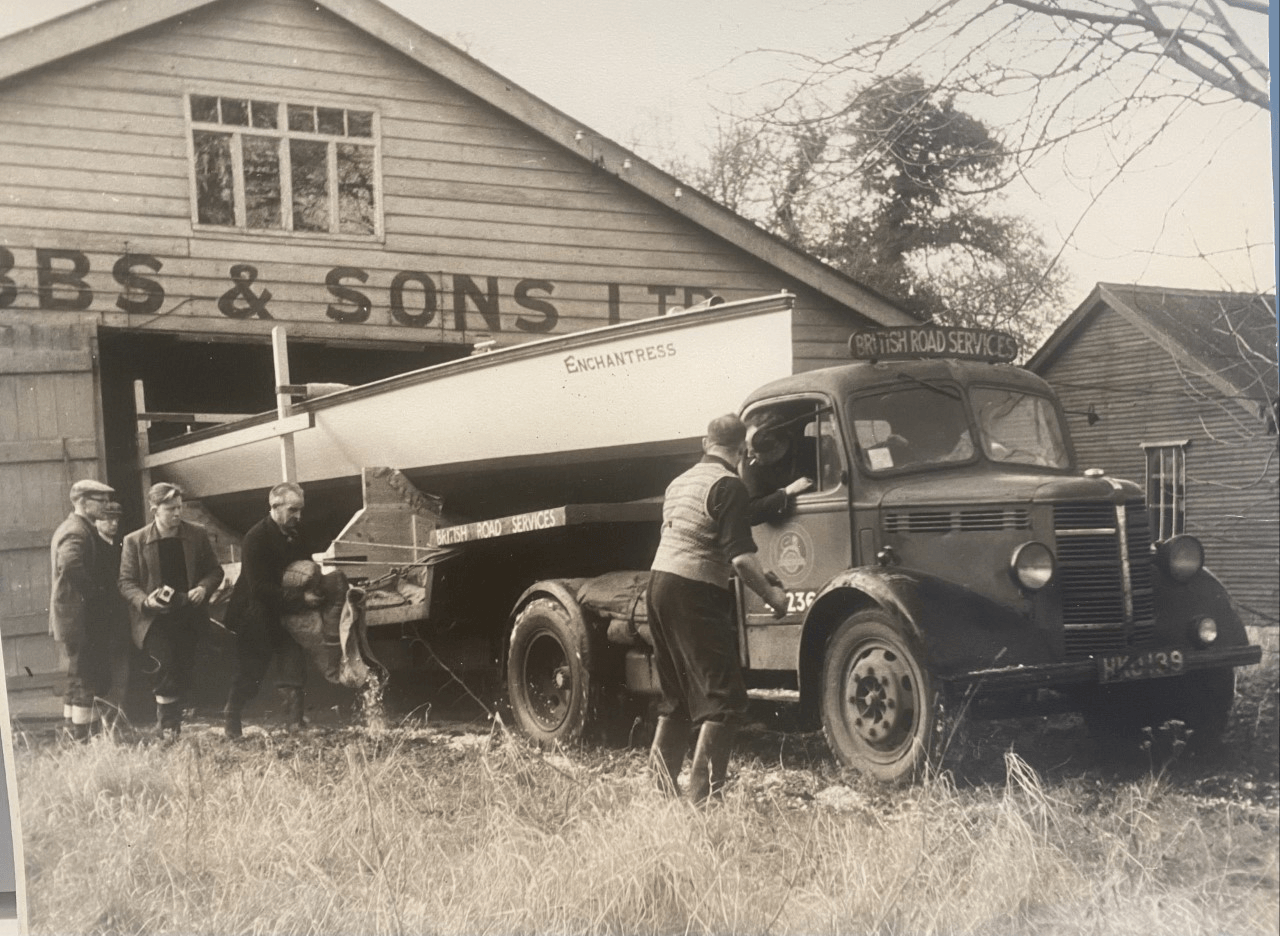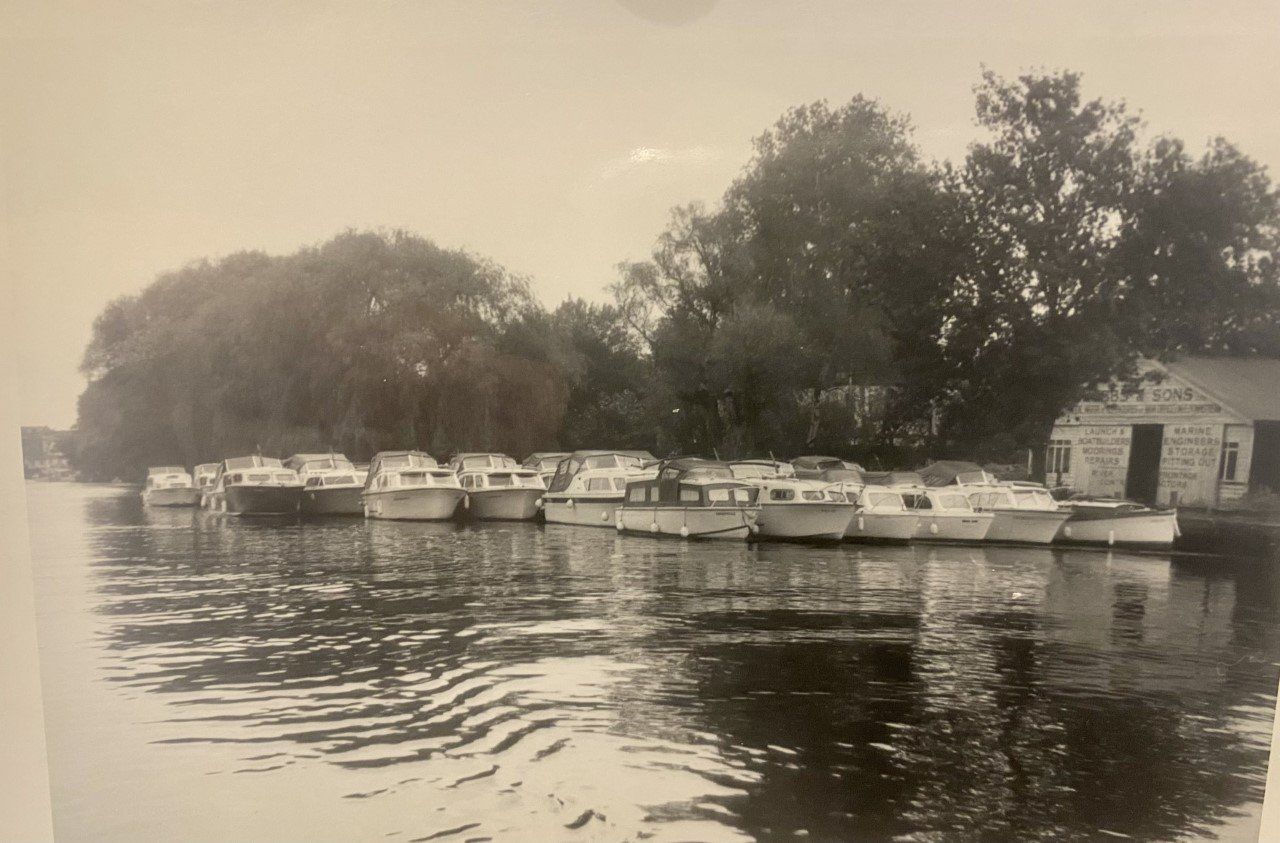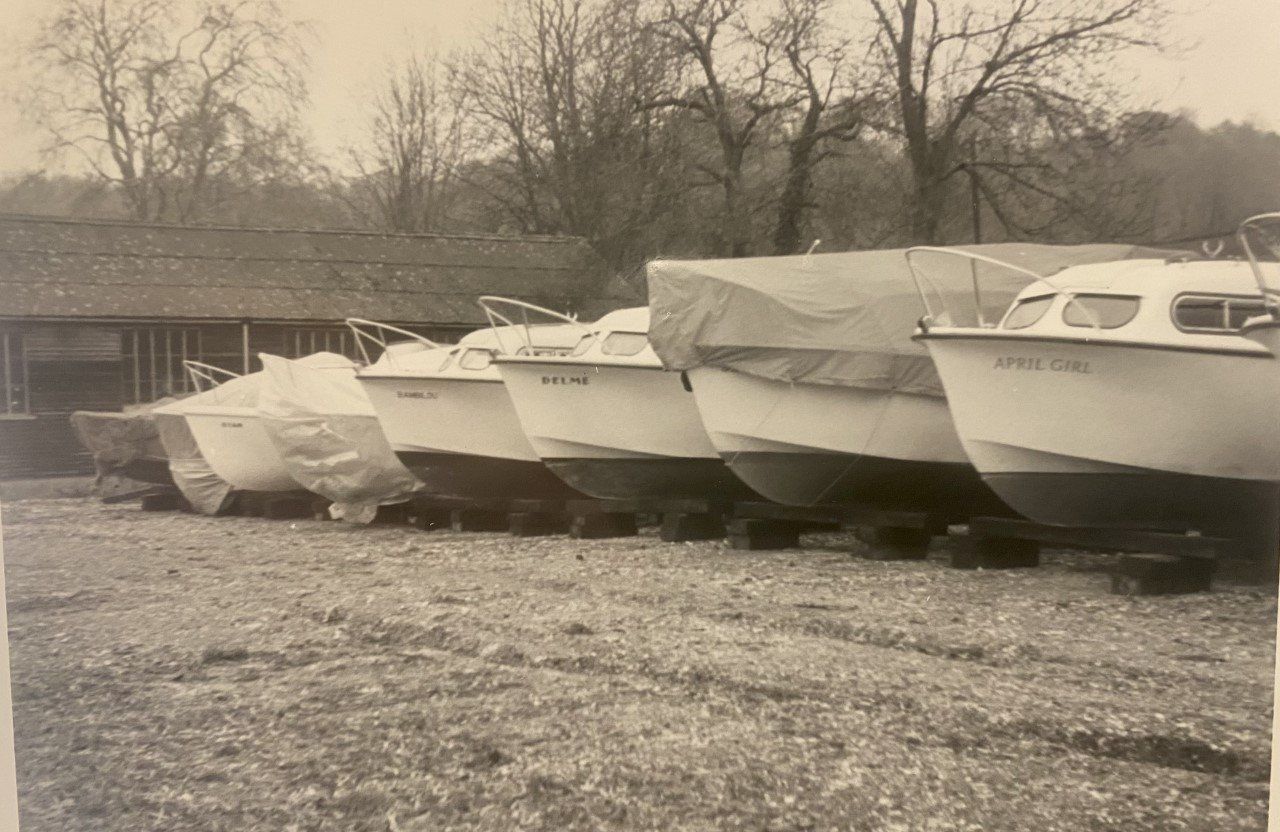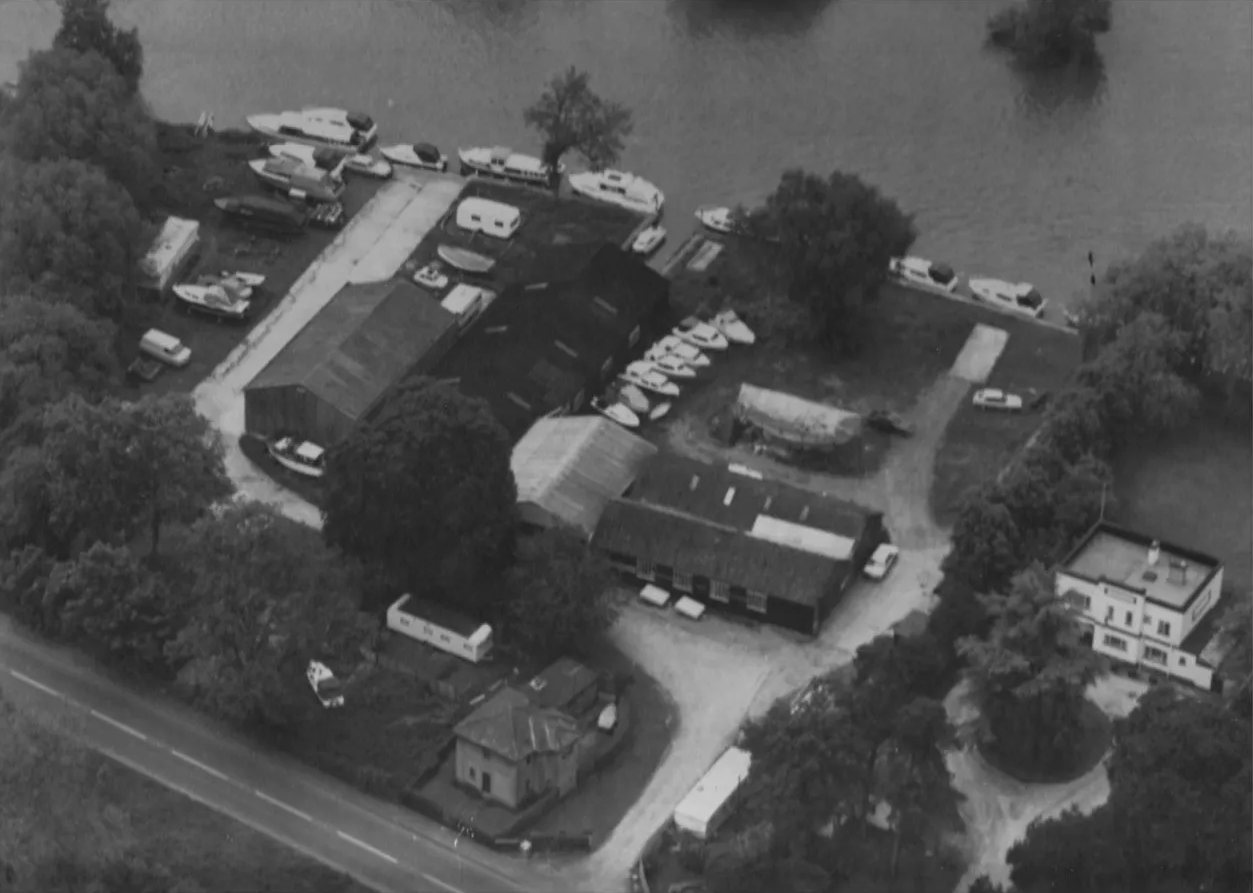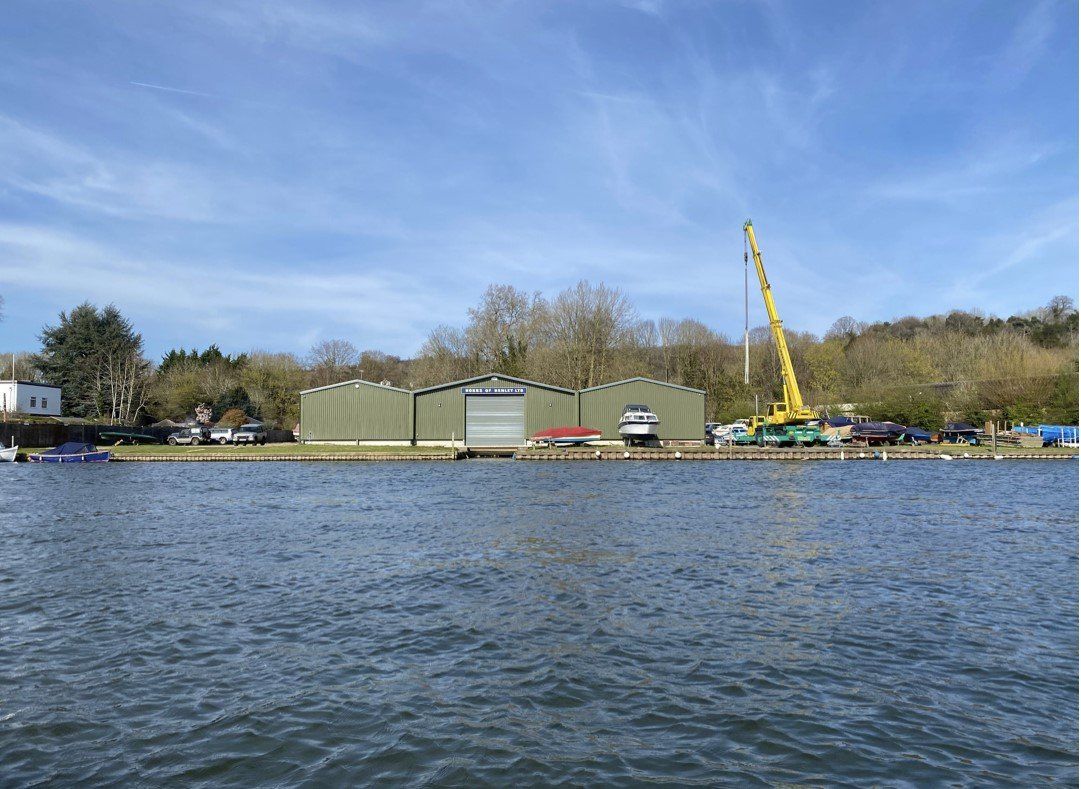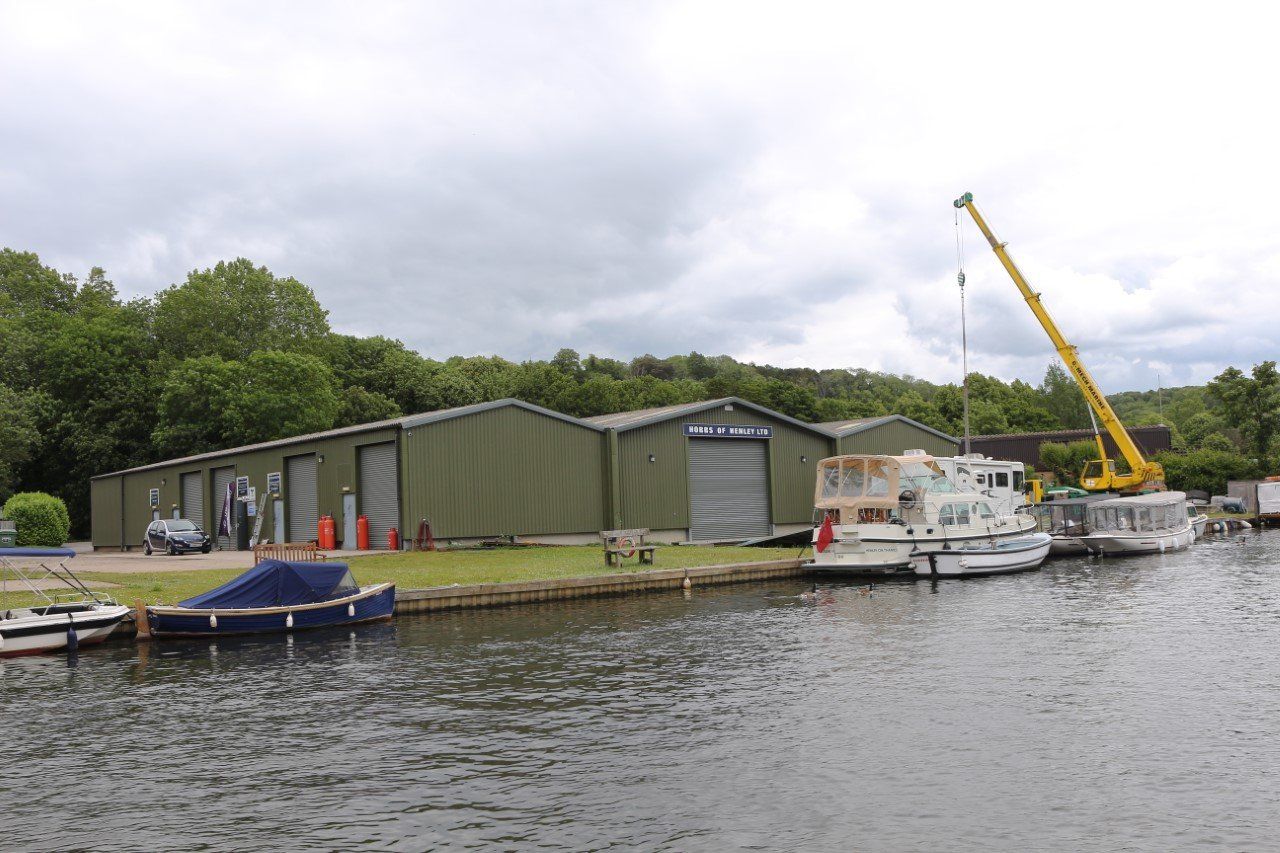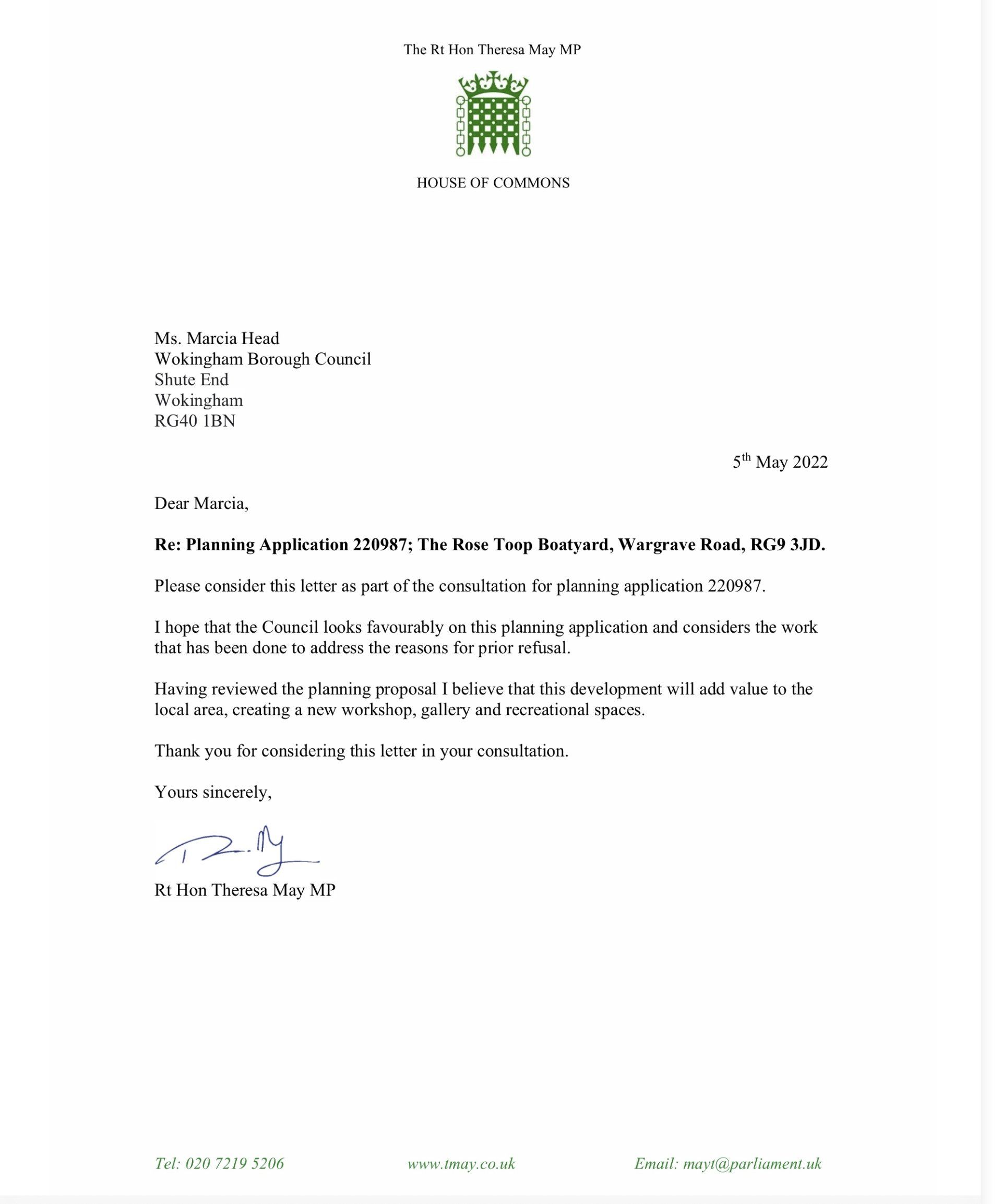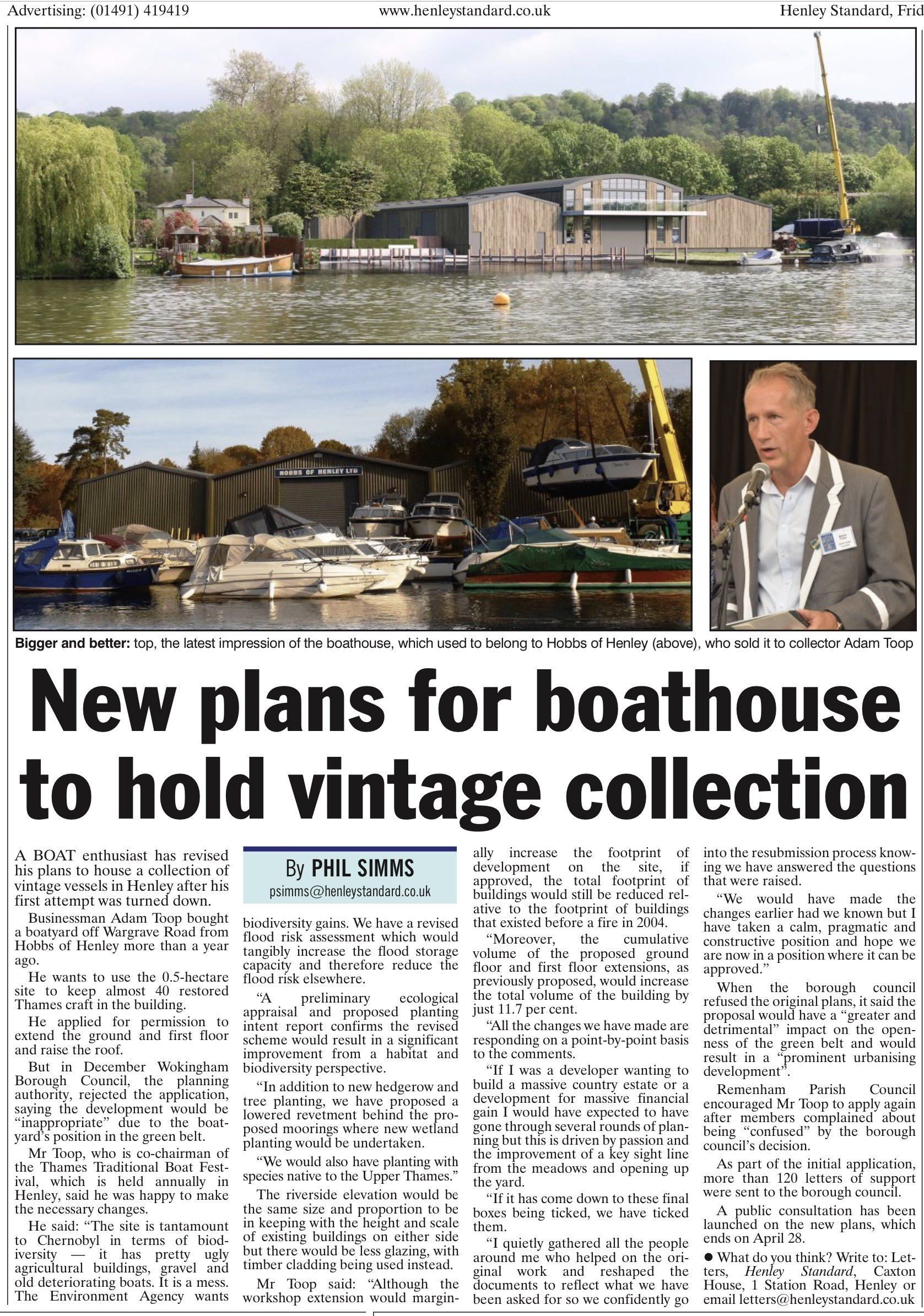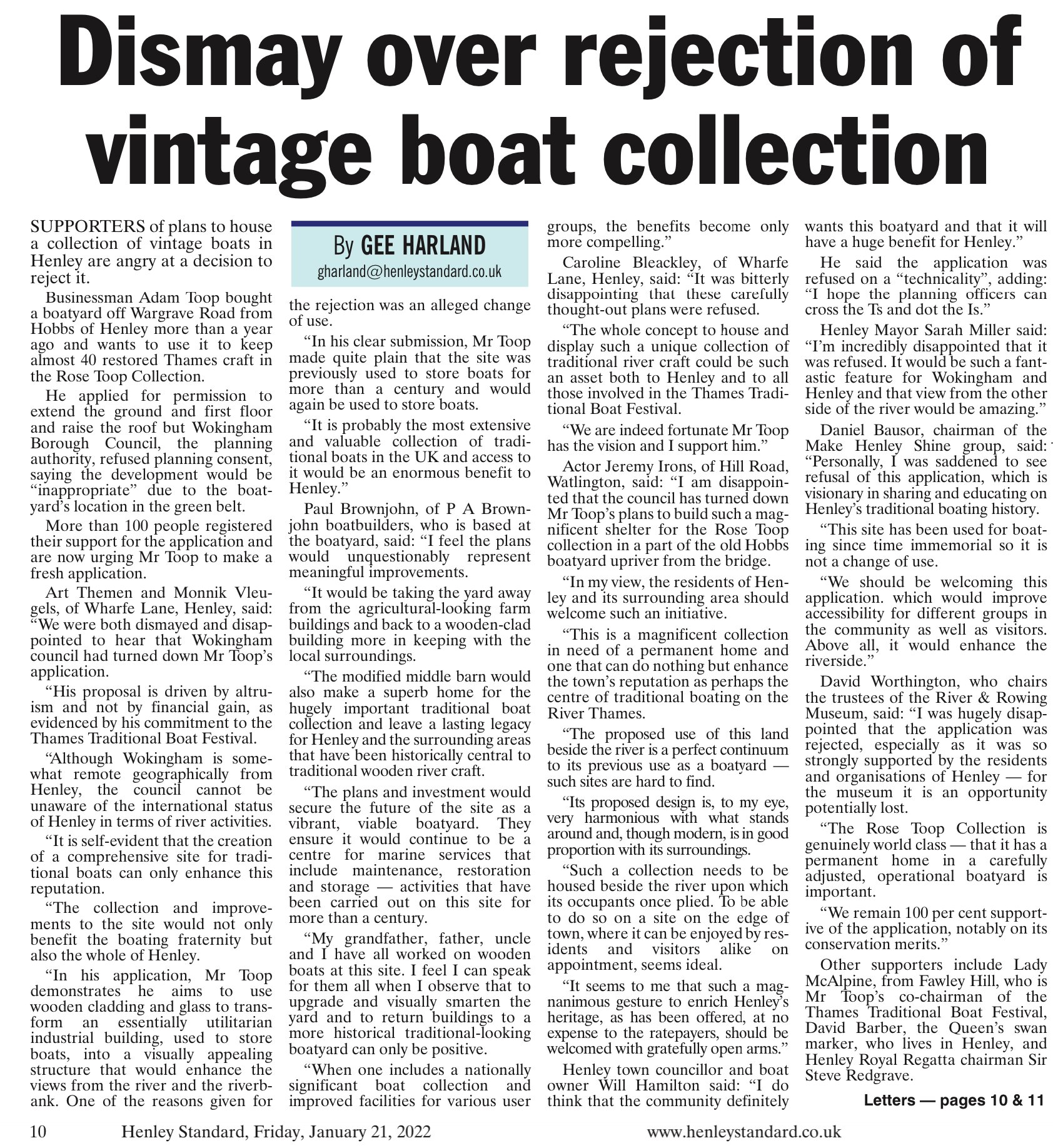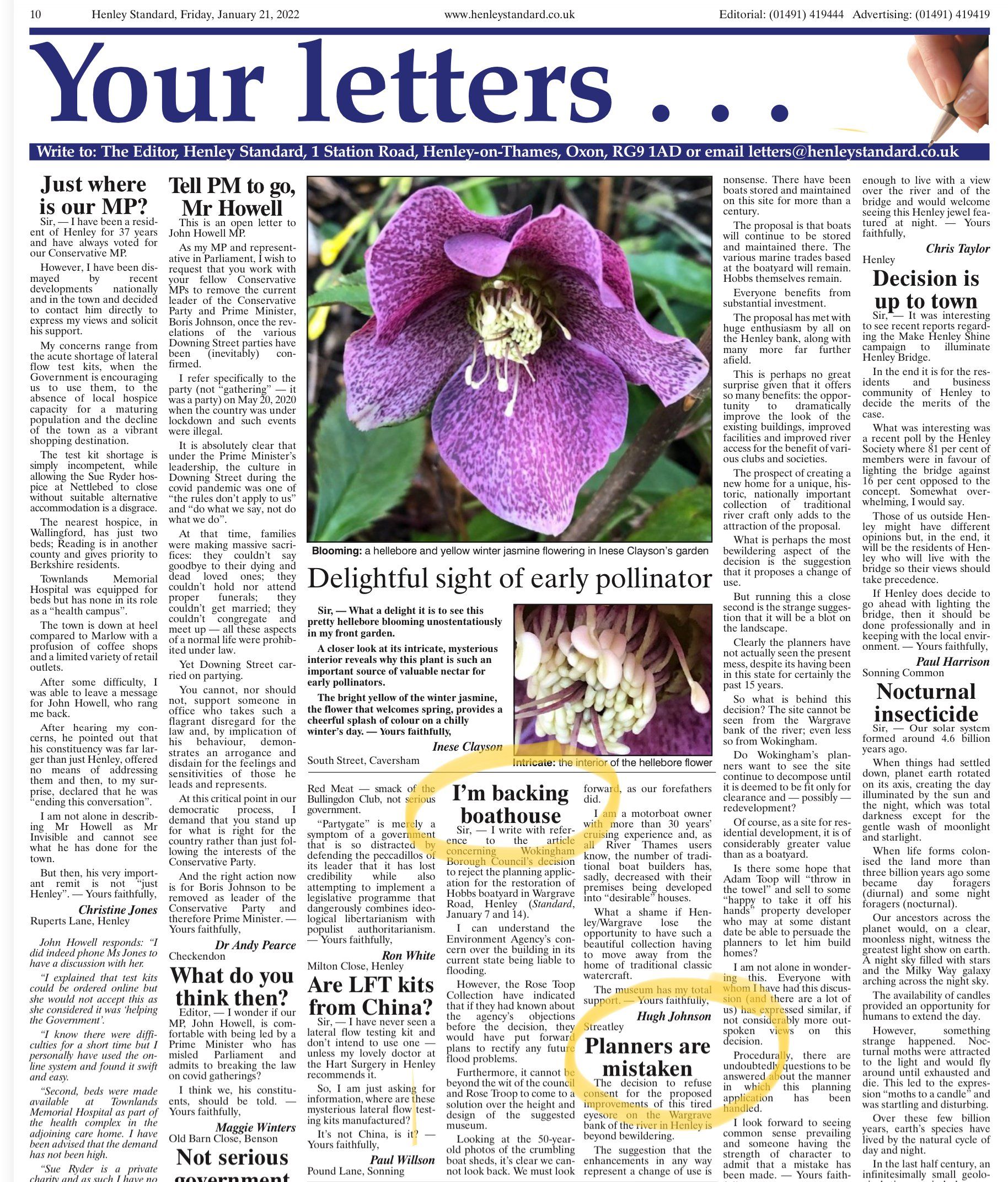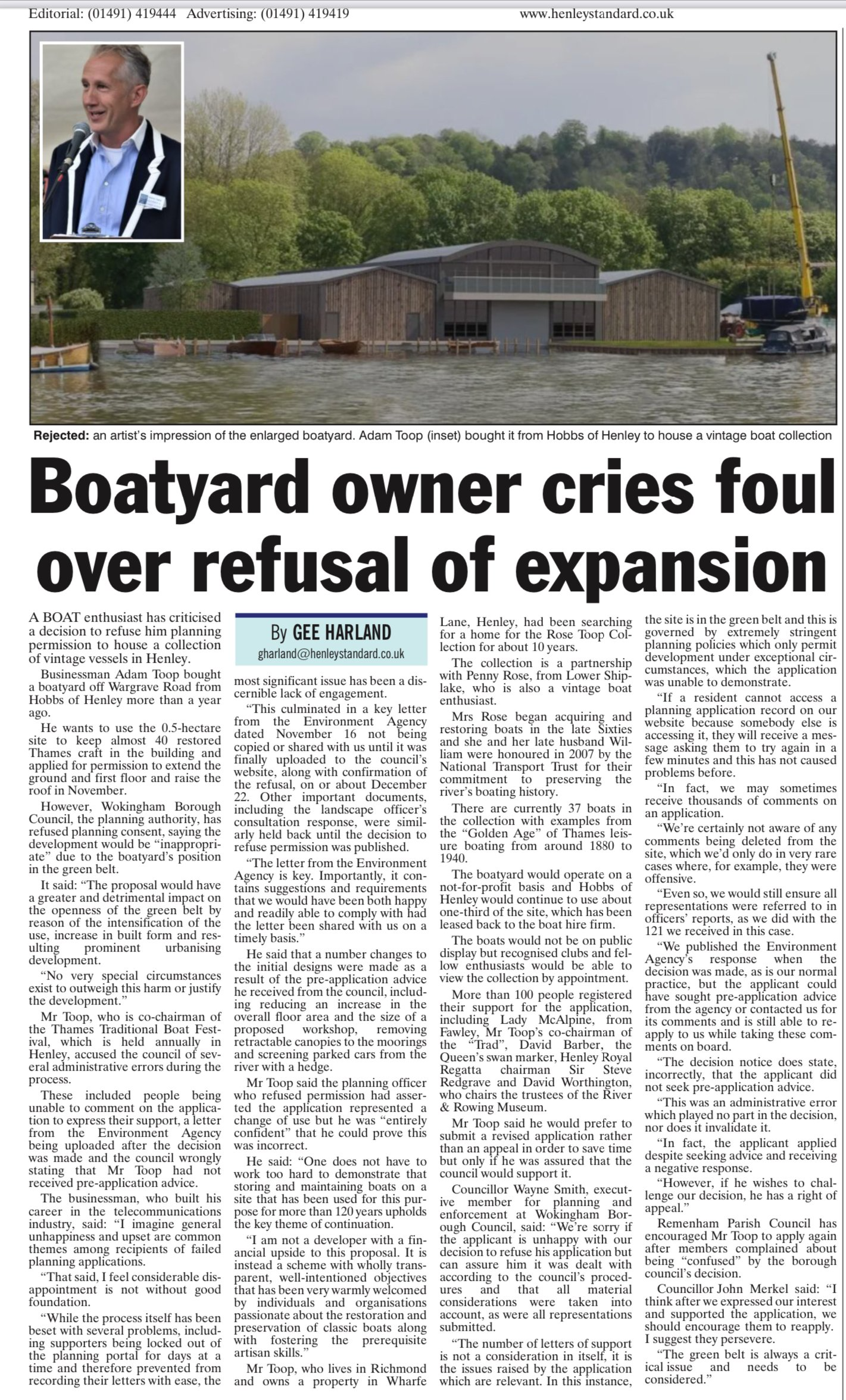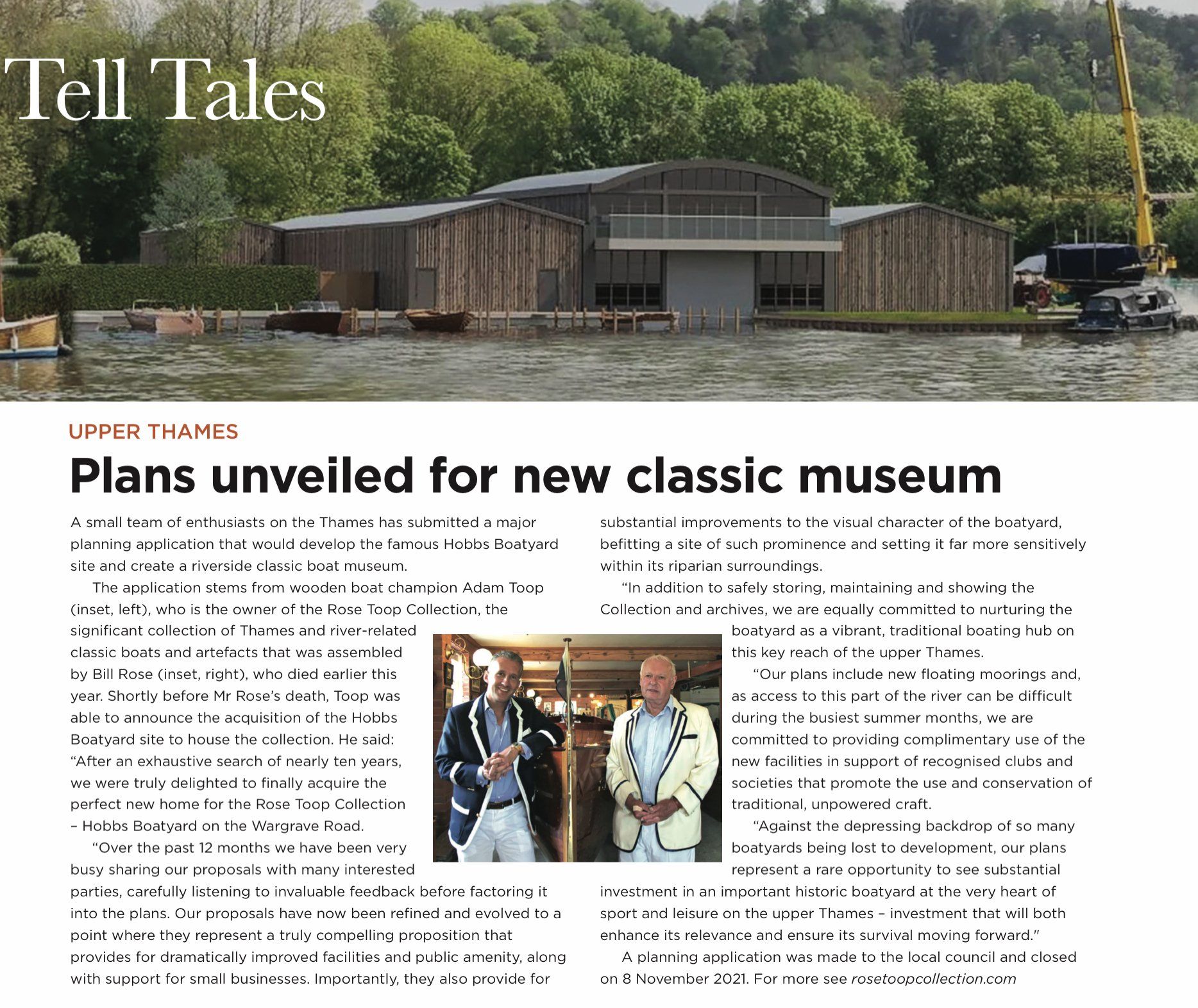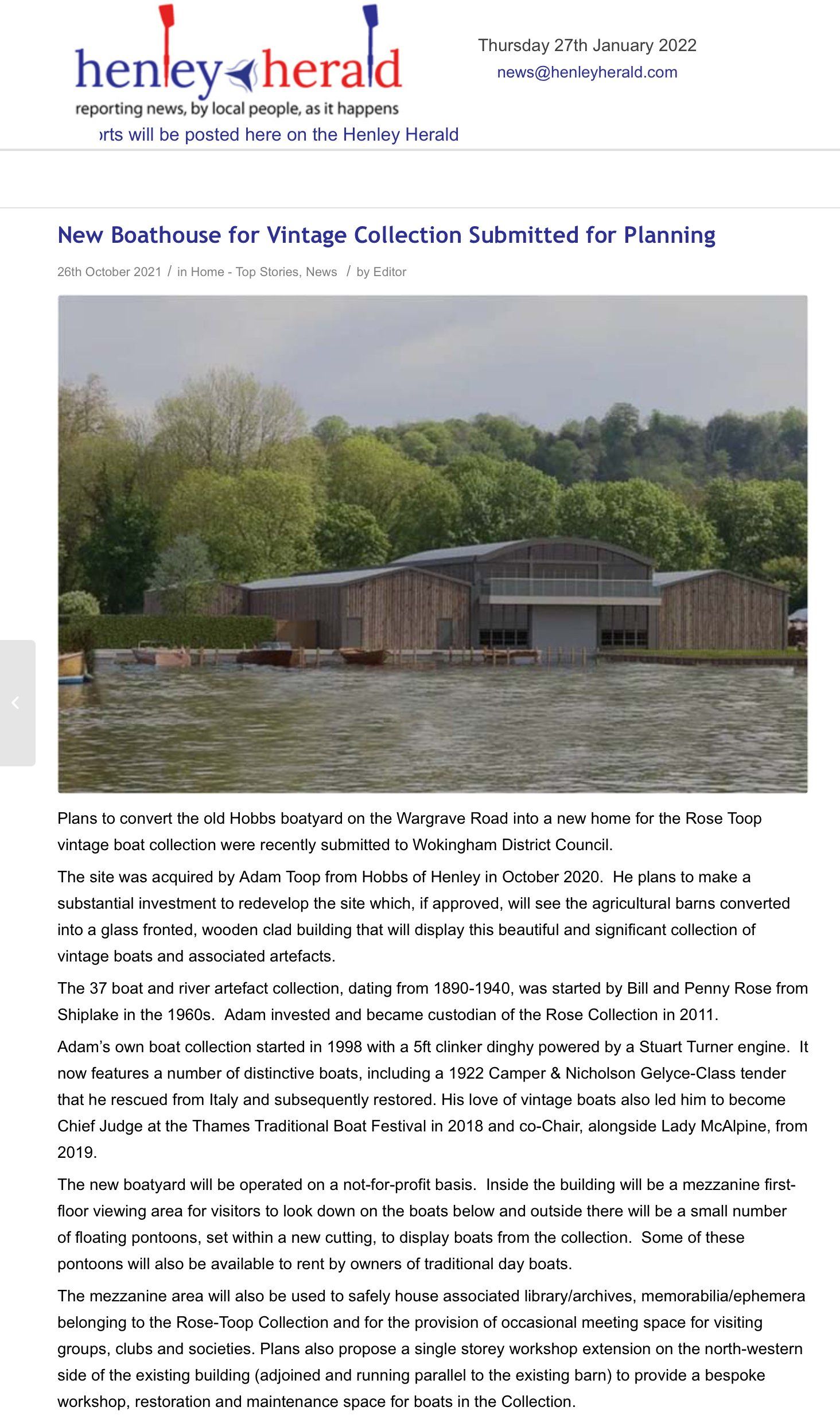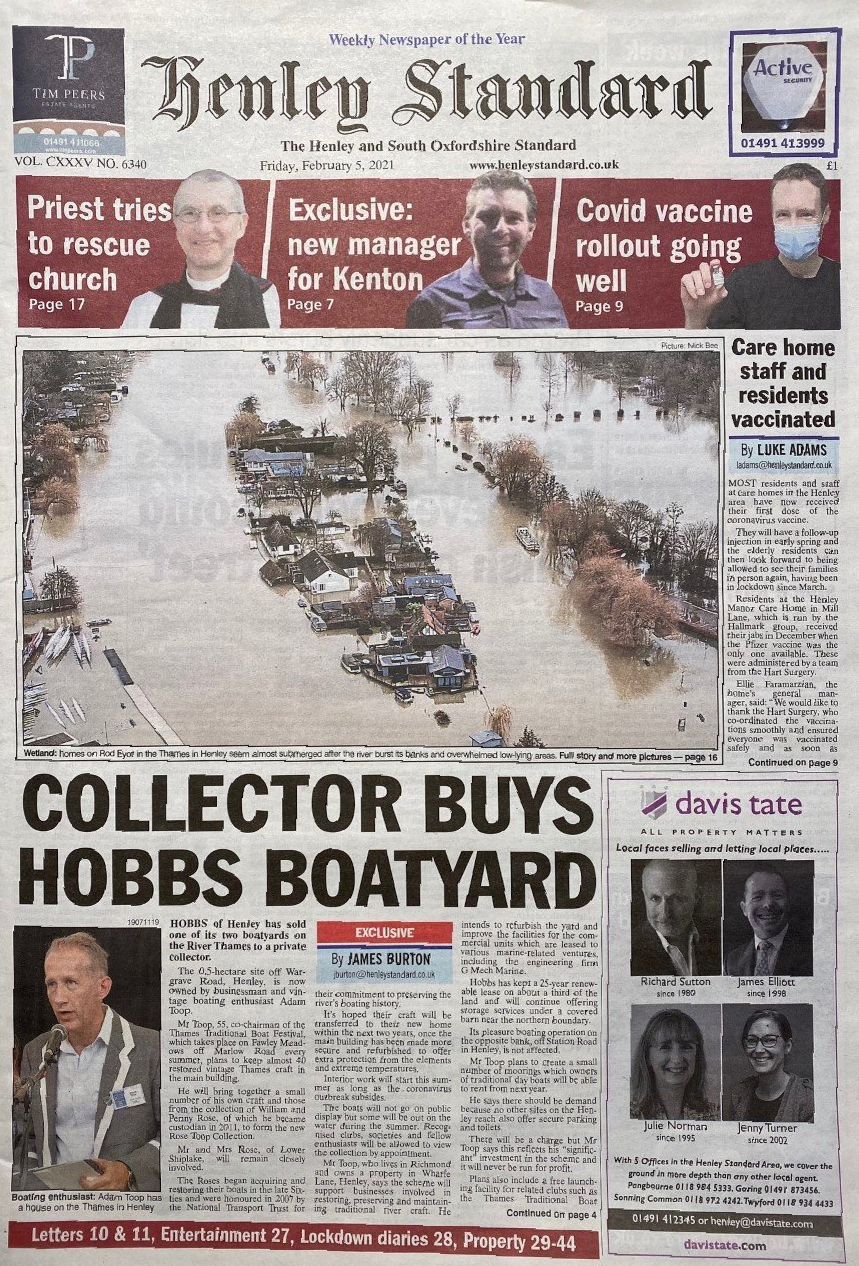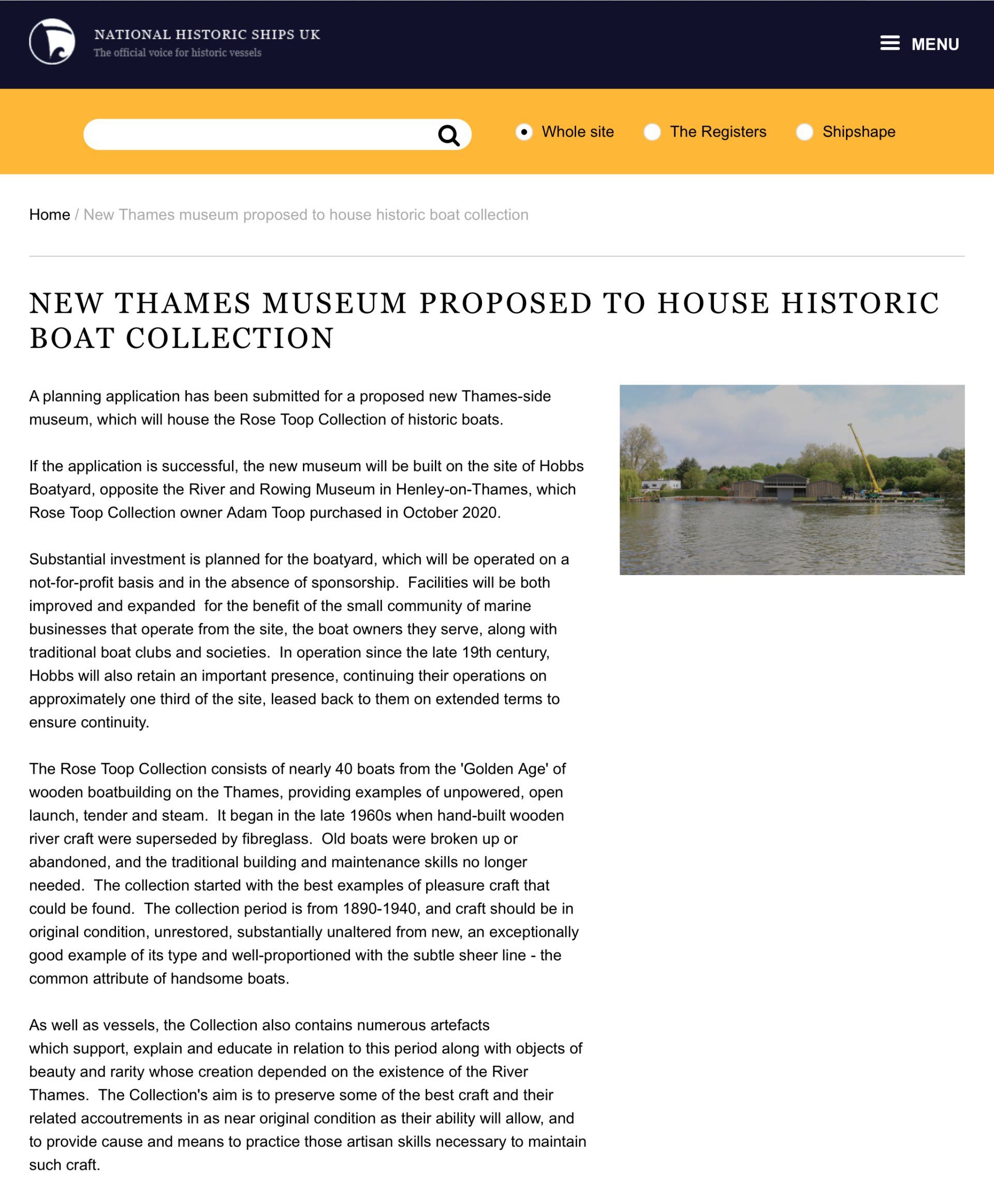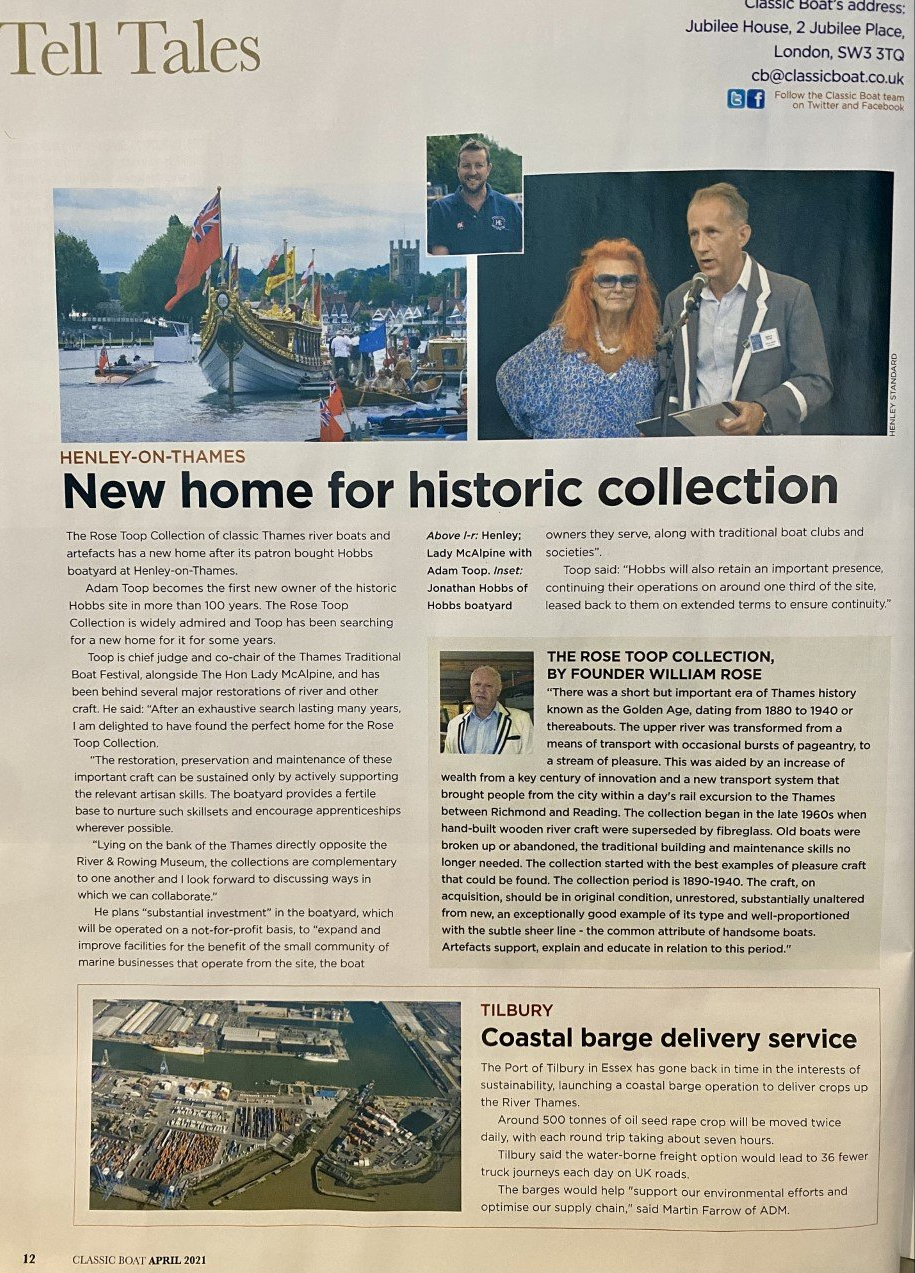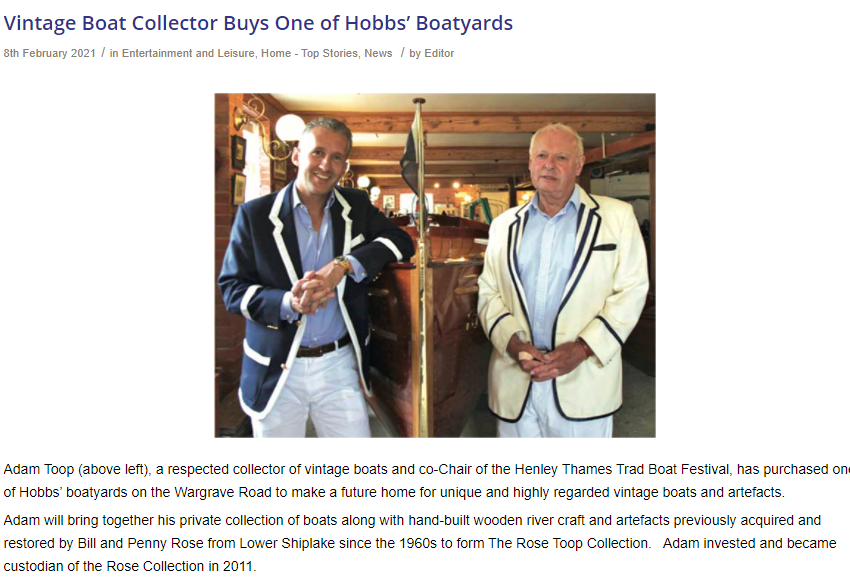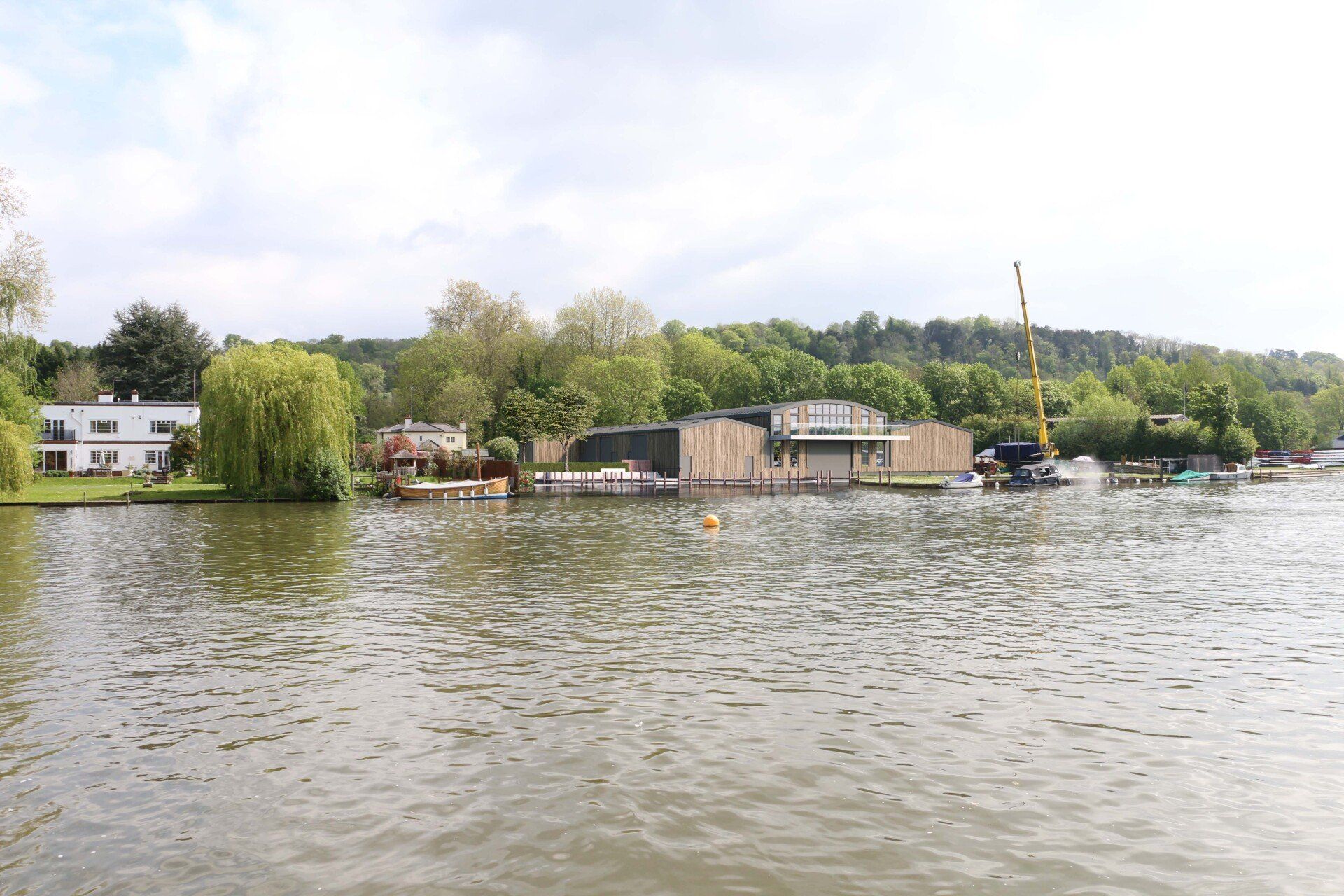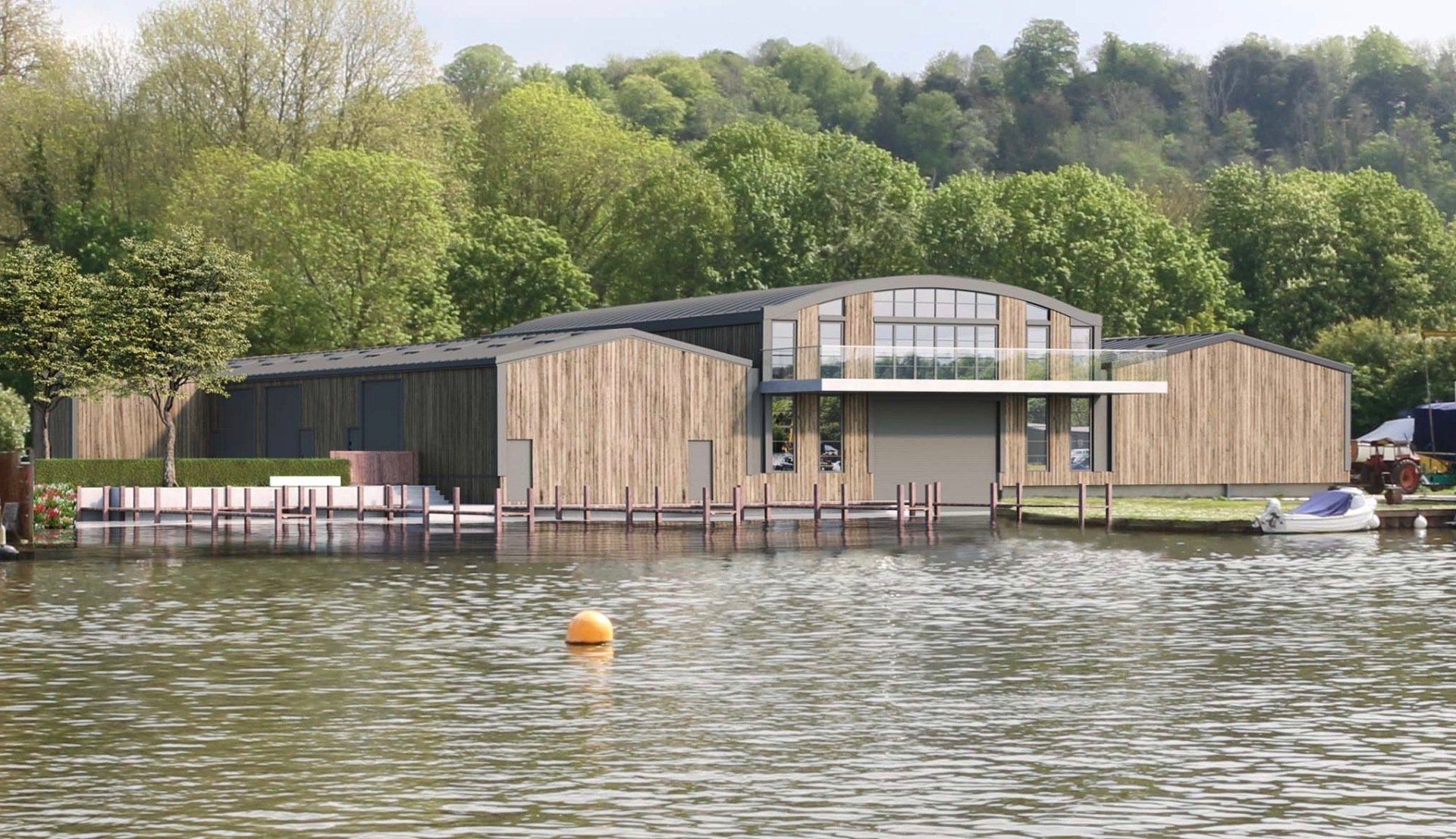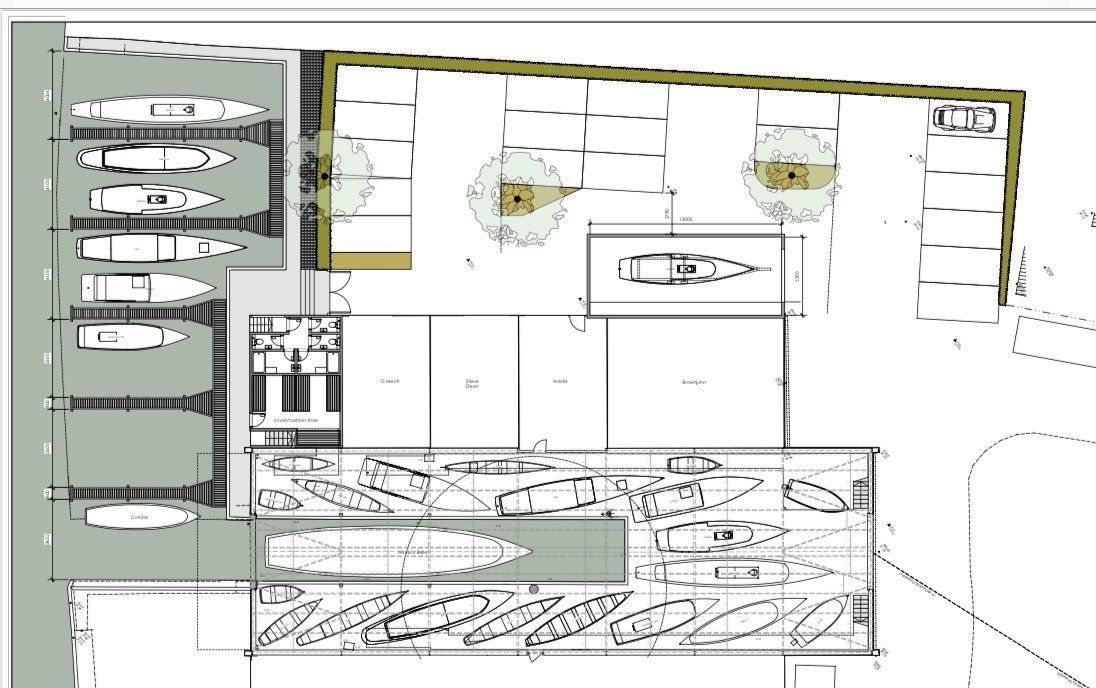Hobbs boatyard - past, present and future
Past
It is understood that the site has been in use as a boatyard since the late 19th Century (a review of historic maps reveals the first buildings on the site were erected between 1879 and 1898). The original, classic wooden sheds were destroyed by fire in 2004 and replaced with modern, steel agricultural barns.
Present
The boatyard lies directly opposite Henley's picturesque riverside Mill Meadows Park and bandstand - a key sight line for the many visitors to the town.
There is considerable scope for improvement as current arrangements do not make a particularly positive contribution to the riparian character and appearance of the area. The barns are of limited architectural quality and interest and are clearly utilitarian in their design, form and materials.
Future
Our headline aims include:
Enhanced architecture and visual impression
- Re-finishing the barns in wood, adopting materials originally employed in the construction of the historic sheds lost to fire. Such an approach will ensure the buildings sympathetically blend with the surrounding countryside, while complimenting the finish adopted at the the River & Rowing Museum directly opposite.
- Landscaping and planting that reflects the position and quality of the riverside environment.
Improved facilities
- Creation of a suitable environment to properly store and maintain the Rose Toop Collection.
- Provision a mezzanine area for safely viewing the Collection while providing access to the Collection's archives and library.
- Erection of a single storey workshop extension on the north-western side of the existing building to provide restoration and maintenance space for boats in the Collection.
Improved public amenity
- Complimentary use of improved facilities that include showers, WCs and launching equipment for recognised clubs and societies that promote the use and conservation of traditional, non-powered craft, including skiffs, dinghies, punts and canoes. We anticipate this will have a very positive impact on the number of such craft on the Henley reach, especially during major events when access to the river and facilities is problematical.
- Additional, protected moorings
Boats moored two or three deep, parallel with the bank, give a somewhat cluttered appearance and impinge, to some degree, on the navigable part of the river on this side of Rod Eyot. In addition, current mooring arrangements leave boats susceptible to friction / impact damage from the wash from passing motorised craft.
The proposed new floating moorings would be set at right angles to the river and set within a new river cutting. Boats would therefore be moored wholly within the site where the effects of wash would be reduced and where the navigable channel width commensurately increased.
The moorings would be made available for owners for the seasonal mooring of other recreational vintage boats (with a beam width of around 6-7 ft) of similar pedigree to the boats and craft in the Rose Toop Collection.
- Support for the existing small, specialist marine businesses based at the boatyard through improved, secure facilities.
- A vintage boat collection of National significance, housed at premises in Berkshire with direct river frontage, located opposite Henley's the River & Rowing Museum.
